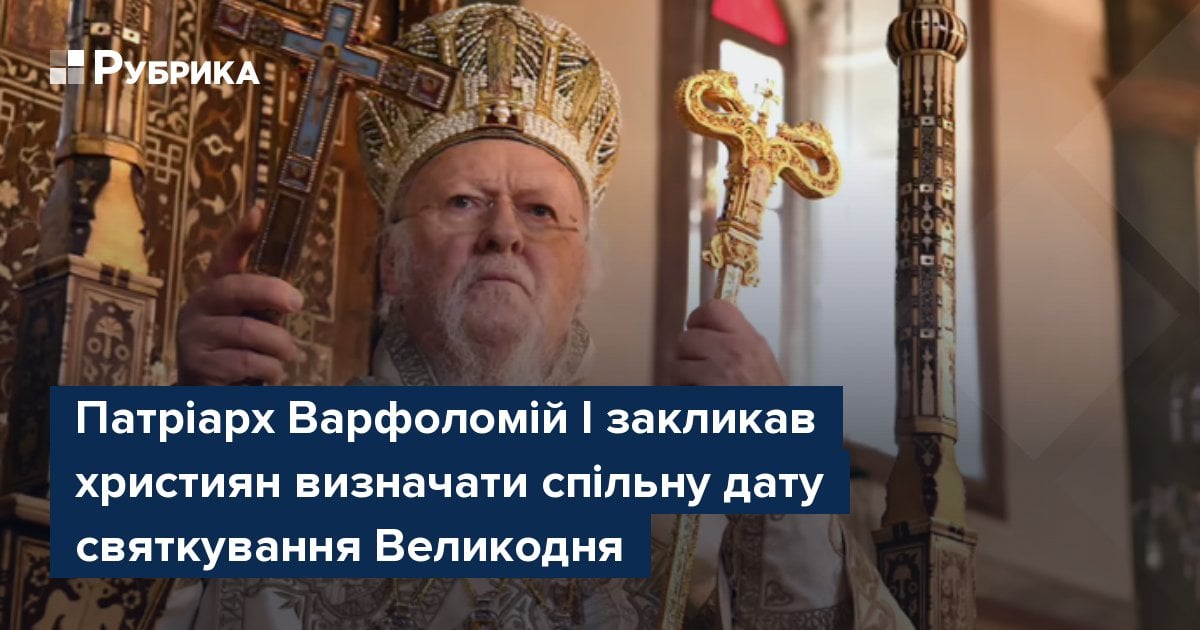Carlos Fazio
A series of events that occurred on Friday, March 22, could mark a turning point in the surrogate war or proxy of the US and NATO against Russia in Ukraine. In the early hours of that day, five after Vladimir Putin’s re-election for a new term in the Kremlin, Russia’s armed forces launched a massive attack with long-range high-precision weapons, maritime, land and unmanned aerial vehicles – including several Kinzhal (Dagger) hypersonic missiles – against energy infrastructures, the military-industrial sector, arsenals, railway crossings and places of deployment of the Ukrainian army and foreign mercenaries, undermining the functioning of industrial enterprises for the production and repair of weapons, military equipment and ammunition, reaching the strategic Electro Tiazhmash plant in the city of Kharkiv, where there was heavy military equipment, and the Dnieper hydroelectric power plant, in Zaporizhzhia.
In the morning, in an interview with the newspaper Argumenty i Fakty (Arguments and Facts), Russian presidential spokesman Dmitri Peskov declared that the special military operation launched by Russia on February 24, 2022 turned into a “war” after NATO intervened in the conflict. He said: “Russia is now at war. Yes, this began as a special military operation, but as soon as that small group was set up there, when the collective West became a participant on the side of Ukraine, it became a war for us.” He added that Russia’s goal now is to ensure the security of the population of the country’s four new regions (Donetsk, Lugansk, Kherson and Zaporizhzhia) and liberate the territory. “We have four new federal entities. The main thing for us is to guarantee the safety of the people in these entities and liberate the territory that is de facto occupied by the kyiv regime,” Peskov stressed. He reiterated that Russia cannot allow the existence on its borders of a state that has the documented intention to use any method to seize Crimea and the new regions from it.
On the afternoon of March 22, a European source cited by journalist Pepe Escobar confirmed that regular troops from France, Germany and Poland had arrived by air and rail to Cherkassy, south of kyiv, and although he did not specify the number, he noted that For practical purposes “it is a NATO force.” Previously, in his speech after his re-election was confirmed, Putin said that Russia would accept an agreement with Ukraine based on the proposal of former NATO supreme leader Admiral James Stravidis, similar to the one used on the Korean peninsula. Voltaire Network reported that, according to this solution, the Dnieper River would serve as a barrier and natural border between Russia and Ukraine, and the Kremlin would abandon its project to liberate Odessa and extend its control to the Transnistria region. For its part, Ukraine should give up recovering the Crimean peninsula, the Donbas region and most of Novorossiya (New Russia). [El 21 de marzo, el Servicio de Inteligencia Exterior de Rusia reveló que Francia estaba considerando enviar 2 mil soldados a Ucrania. Ante el inminente colapso del ejército ucranio en la línea del frente, la idea del presidente Emmanuel Macron sería enviar tropas de la OTAN para que los soldados ucranianos que estaban en posiciones defensivas pudieran avanzar hacia el frente y, en segundo lugar, contener el avance ruso en el Donbás y evitar la toma de Odesa y la conexión de Transnistria con la Novorrosiya.]
On March 22, a commando carried out a terrorist attack at the Crocus City Hall, a concert hall on the outskirts of Moscow; After shooting at defenseless civilians, the group set fire to the building from the inside, with a provisional death toll of 144, including five children, and 551 injured. A day later, four terrorists from Tajikistan were arrested when they tried to cross the Ukrainian border and confessed to having been recruited through the social network Telegram to “kill for money.” That is, they were not fanatics but professionals hired within the framework of a military operation.
Already then, two main hypotheses had begun to take shape regarding the intellectual authorship of the massacre: that of the United States (through the spokesperson of the National Security Council, Admiral John Kirby, Adrienne Wilson, Karine Jean-Pierre et al), exonerating Ukraine and blaming ISIS-K (the jihadist group Daesh, also called the Islamic State, created by the CIA and the British MI6), and that of the Russian Federal Security Service, which from the beginning outlined the “footprint Ukrainian”, whose ascending thread would reach the head of the Main Intelligence Directorate of the Ministry of Defense of Ukraine (GUR), Kiril Budanov, the spy chief who turns out to be the main asset of the Central Intelligence Agency and the secret service British in kyiv.
Although Putin himself acknowledged that the material authors of the massacre were radical Islamists, it could be a classic false flag operation orchestrated by the GUR. As background, since 2014 the US Undersecretary of State, Victoria Nuland, has been a key conspirator for the activities of war dirty covert CIA and GUR (Budanov). After meeting Budanov in kyiv on January 31, Nuland promised Putin “unpleasant surprises,” an unofficial code for asymmetric unconventional warfare and deep clandestine operations behind the front line. Ergo: Moscow.
On March 26, the Kremlin announced retaliatory measures. The Russian population gave Putin carte blanche to carry out brutal punishment. On Friday the 29th, the Russian armed forces dealt another series of massive blows with Kinzhal and Tsirkon hypersonic missiles and unmanned vehicles against Ukraine’s energy and gas extraction infrastructure and air defense systems, aimed at depriving Kiev of ability to wage war. On Sunday the 31st, the foreign ministries of China, Turkey and Kazakhstan asked their citizens to immediately leave the regions of Odessa, Kharkov and kyiv. Russia will apparently escalate its counteroffensive.
Will NATO respond?
Fuente: The Conference


